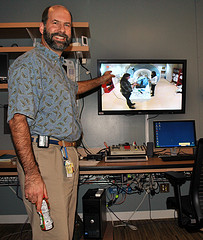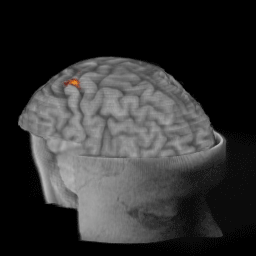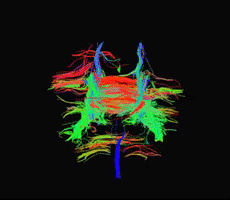The primary focus of the Parrish laboratory is the development and application of
neuroimaging methods to better understand human development and physiology. Work in the lab draws from many disciplines such as biomedical engineering, biophysics, statistics, neuroscience, and physiology. While typical development occurs in normal healthy volunteers, a major effort is made to investigate the underlying physiology and function in a variety of disease conditions with an application towards clinical assessment or pre-surgical planning.
Our current research draws upon many different types of Magnetic Resonance Imaging methods including structural imaging, diffusion and Diffusion Tensor Imaging (DTI), perfusion imaging, and functional magnetic resonance imaging (fMRI)to investigate changes in the brain due to activation, chemical interventions, or disease. A primary focus of the group is to investigate the physiologic changes related to brain activation and how to optimize its detection.
A majority of the work in the lab is based on MRI, but we are also exploring and developing methods using other non-invasive imaging modalities such as Transcranial Magnetic Stimulation (TMS ), simultaneous IR eye tracking, Transcranial direct current stimulation (tDCS), Transcranial Doppler ultrasound (TCD), and simultaneous EEG/fMRI. Each modality has advantages for studying physiology and brain function. Together they can help us understand the brain and what makes it work.



